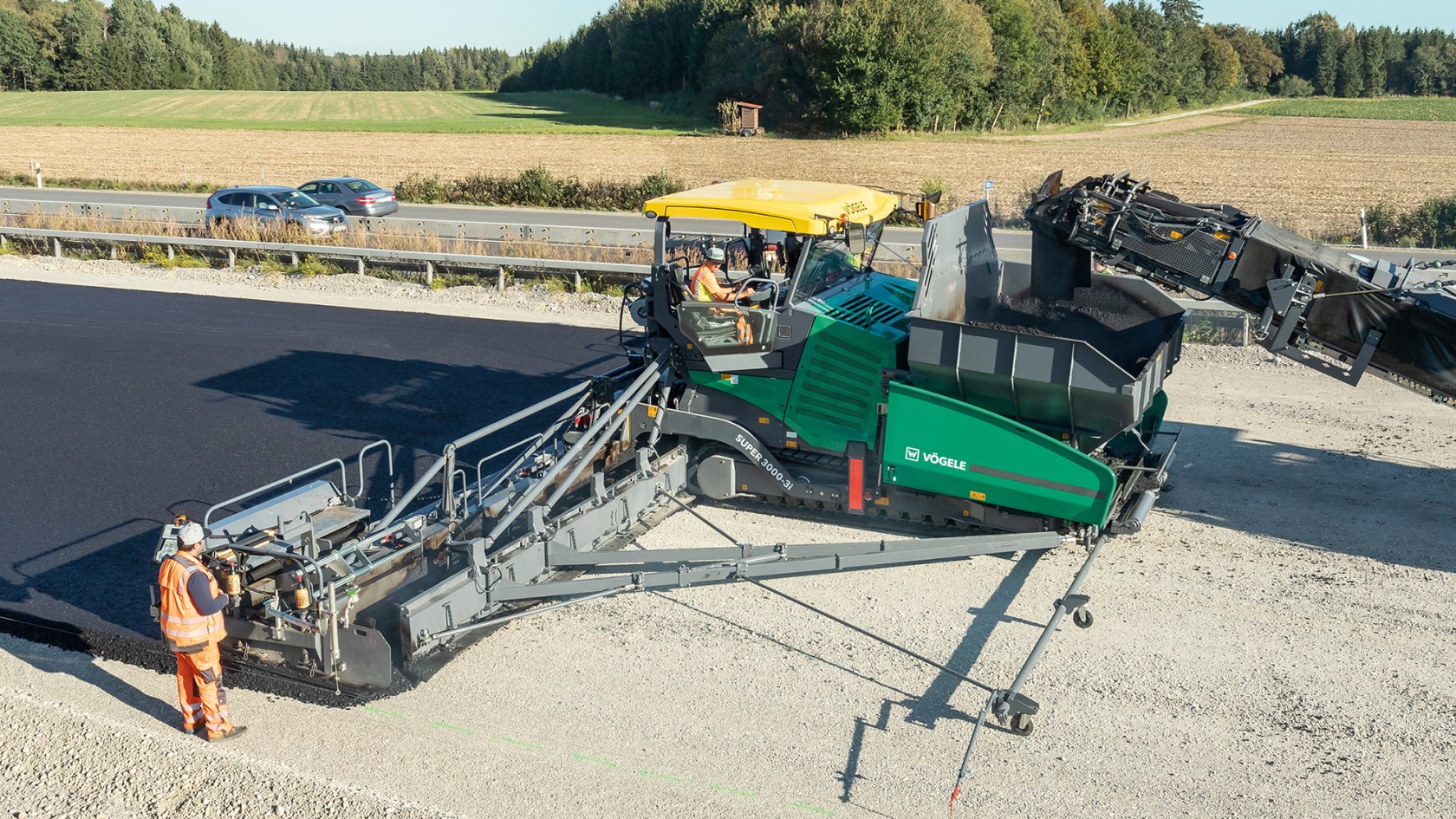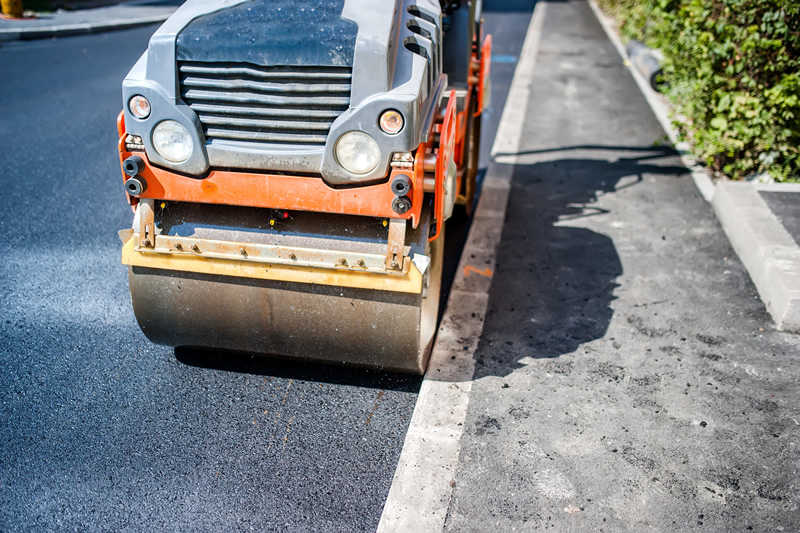Little Known Questions About A1 Professional Asphalt & Sealing Llc.
Wiki Article
The Definitive Guide for A1 Professional Asphalt & Sealing Llc
Table of ContentsA1 Professional Asphalt & Sealing Llc Fundamentals ExplainedOur A1 Professional Asphalt & Sealing Llc DiariesMore About A1 Professional Asphalt & Sealing LlcLittle Known Questions About A1 Professional Asphalt & Sealing Llc.Little Known Facts About A1 Professional Asphalt & Sealing Llc.

The oil in a car engine is not simply oil. The REOB contains all the additives that were in the waste oil as well as the wear steels from the engine (primarily iron and copper).
However, by making several blends making use of different REOB samples and different asphalt binders, the variations mainly can be balanced out. Several States offered examples of known REOB make-up to TFHRC researchers, who evaluated the samples to contrast the percent of included (recognized) REOB to the located (tested) quantity. The analyses showed a comparable percent of added and located REOB.
A1 Professional Asphalt & Sealing Llc Fundamentals Explained
They got an overwhelming reaction. The TFHRC researchers assessed 1,532 samples from 40 States, one Canadian district, and 2 Government Lands Highway departments. They examined each example twiceamounting to more than 3,000 evaluations. None of those States recognized that the asphalt they were purchasing included REOB. One State insisted its samples had no REOB.Of the 1,532 examples evaluated, 12 percent had REOB, and some had appreciably high levels of it at 1020 percent. The highest degree was 34 percent in a sample from Texas, which TxDOT had actually utilized in a patching compound. This testing likewise exposed the presence of phosphoric acid in 11 percent of the examples, and 2 percent consisted of ground tire rubber.
Two years ago at TRB's annual meeting, the Federal scientists held an REOB workshop and presented the searchings for of their lab assessments to a standing room-only group. Some firms do not specifically ban REOB, they do enforce physical tests that prevent its useeffectively a restriction. Others do not ban it by requirements, but have agreements with asphalt distributors to stay clear of the usage of REOB
Fascination About A1 Professional Asphalt & Sealing Llc
A handful do enable REOB, some within particular limits. Ohio and Texas restriction degrees to less than 5 percent of the asphalt. To develop a reputable examination approach that all States can utilize, the TFHRC scientists established a round-robin test plan. The participants are 11 State highway firms (Illinois, Massachusetts, Minnesota, Mississippi, Montana, North Carolina, Oklahoma, South Carolina, Texas, Vermont, and Wyoming), 2 independent testing labs, the Ministry of Transport in Ontario, Queen's College in Ontario, and an Ontario paving contractor.In overall, the researchers prepared and delivered 720 blends. The individuals are checking the samples independently utilizing the guidelines offered by the TFHRC researchers. The round-robin testing is nearly finished, and TFHRC is in the process of accumulating the results. The output will be a recommended AASHTO examination technique that any type of State can adopt and make use of (diagonal parking vs straight parking).
The pavement with REOB, which is situated 0.6 mile (1 kilometer) from the sidewalk without REOB, has the same subgrade, website traffic density, and climate. The segment of Highway655 with 5 to 10 percent REOB showed substantial breaking. In this instance, the presence of REOB was the recognized reason for fracturing at a low temperature levels.
"In our experience in Canada, also small amounts of 23 percent can be a problem." A section of examination pavement in Minnesota (MN1-4) found to have REOB also fractured prematurely. The sidewalk done well for the initial 3 to 4 years, but then began to break. This sidewalk is also subject to reduced temperatures.
Some Known Questions About A1 Professional Asphalt & Sealing Llc.
The tests were not substantial, however they showed that at degrees of 6 percent or even more, the tensile toughness of the asphalt went down dramatically. At a degree of 3.5 percent REOB, the variant in the physical test techniques was better than the impact of REOB. It was difficult for scientists to analyze whether REOB was existing. https://penzu.com/p/6a2868f92af16f91.

One binder specification taken into consideration is the difference in between the reduced temperature level important spec temperature for stiffness (S) in the flexing beam of light rheometer and the bending light beam rheometer creep incline (m-value) noted as Tcritical. 2 independent research study groups, one from AASHTO and the other from the Asphalt Institute, wrapped up that even more research is required on the use of REOB in asphalt.
Previously, all asphalt screening gauged design buildings such as stiffness. These examinations do not show what products had been added to the asphalt.

A1 Professional Asphalt & Sealing Llc Fundamentals Explained
These results demonstrate there are weaknesses in the standardized design screening procedures that might be manipulated. The producer may have a financial benefit and the item passes all the standard examinations, but the item may not be valuable to making certain lasting efficiency. To resolve this problem and the growth of brand-new asphalt additives and extenders, TFHRC is starting a study program to make use of portable spectroscopic gadgets, x-ray fluorescence spectroscopy, and Fourier transform infrared spectroscopy to allow analyses to be carried out in the area instead than needing to take samples back to the laboratory.Report this wiki page